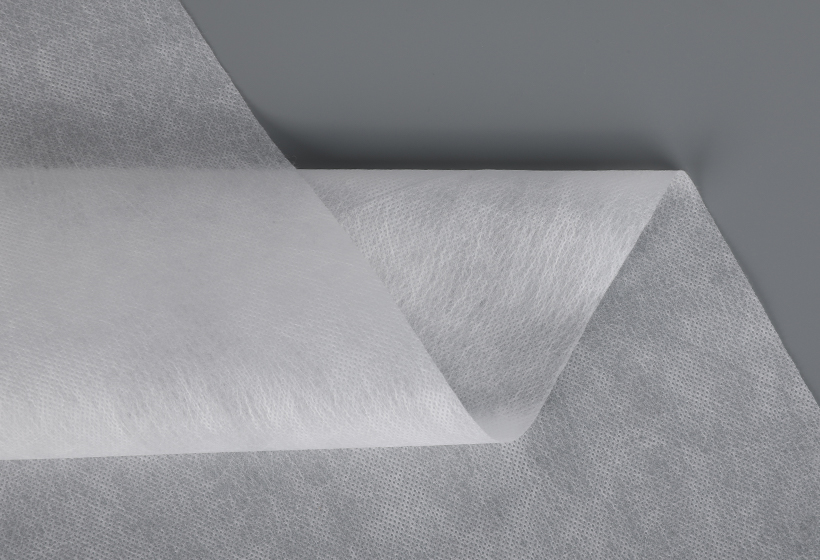Kain poliester bukan tenunan populer karena sifat unggulnya dan jangkauan aplikasinya yang luas. Namun, saat memilih kain poliester non-woven yang tepat, ada beberapa faktor utama yang perlu dipertimbangkan untuk memastikannya sesuai dengan kebutuhan Anda.
1. Tujuan dan fungsionalitas
Saat memilih kain poliester non-anyaman, pertimbangkan dulu tujuannya. Skenario aplikasi yang berbeda memiliki persyaratan yang berbeda untuk kain. Misalnya, industri medis membutuhkan bahan yang bersifat antibakteri dan menyerap keringat, sedangkan di bidang pakaian, kelembutan dan kenyamanan mungkin lebih penting. Oleh karena itu, memperjelas tujuan utama kain dapat membantu Anda memilih produk yang sesuai.
2. Komposisi bahan
Komposisi kain poliester bukan tenunan secara langsung mempengaruhi kinerjanya. Kebanyakan poliester bukan tenunan terbuat dari serat poliester, namun proses produksi dan formulasi yang berbeda dapat menyebabkan perbedaan kinerja. Memahami komposisi kain pilihan Anda dan bahan tambahannya (seperti antimikroba, penghambat api, dll.) dapat membantu Anda memilih produk yang lebih sesuai dengan kebutuhan spesifik Anda.
3. Berat dan ketebalan
Berat dan ketebalan kain poliester bukan tenunan merupakan faktor penting lainnya dalam mengevaluasi kesesuaiannya. Kain yang lebih ringan umumnya cocok untuk aplikasi yang memerlukan fleksibilitas dan kemudahan bernapas, seperti pakaian dan aksesori, sedangkan kain yang lebih tebal lebih cocok untuk dekorasi rumah dan aplikasi struktural. Saat memilih, sifat fisik yang diinginkan harus dipertimbangkan untuk memastikan fungsionalitas kain.
4. Perlindungan lingkungan
Dengan popularitas konsep pembangunan berkelanjutan, perlindungan lingkungan telah menjadi kriteria penting dalam pemilihan material. Proses produksi kain poliester bukan tenunan dan kemampuan daur ulangnya memengaruhi sifat lingkungannya. Saat membeli, utamakan produk yang menunjukkan penggunaan bahan daur ulang atau memiliki sertifikasi lingkungan, yang dapat mengurangi dampak terhadap lingkungan selama penggunaan.
5. Efektivitas biaya
Terakhir, biaya menjadi faktor yang harus diperhatikan saat memilih kain poliester non-woven. Meskipun poliester non-anyaman mungkin memiliki investasi awal yang sedikit lebih tinggi dibandingkan beberapa bahan tradisional, daya tahan dan biaya perawatannya yang rendah dapat membuat biaya keseluruhan menjadi lebih kompetitif dari waktu ke waktu. Membandingkan harga, kinerja, dan layanan bernilai tambah dari berbagai pemasok sebelum membeli dapat membantu Anda membuat pilihan yang tepat.
Saat memilih kain poliester bukan tenunan, pertimbangkan tujuan, komposisi bahan, berat, keramahan lingkungan, dan efektivitas biaya untuk memastikan Anda menemukan kain yang ideal untuk kebutuhan Anda. Hal ini tidak hanya membantu meningkatkan kualitas produk, tetapi juga mendorong pembangunan berkelanjutan sampai batas tertentu.














